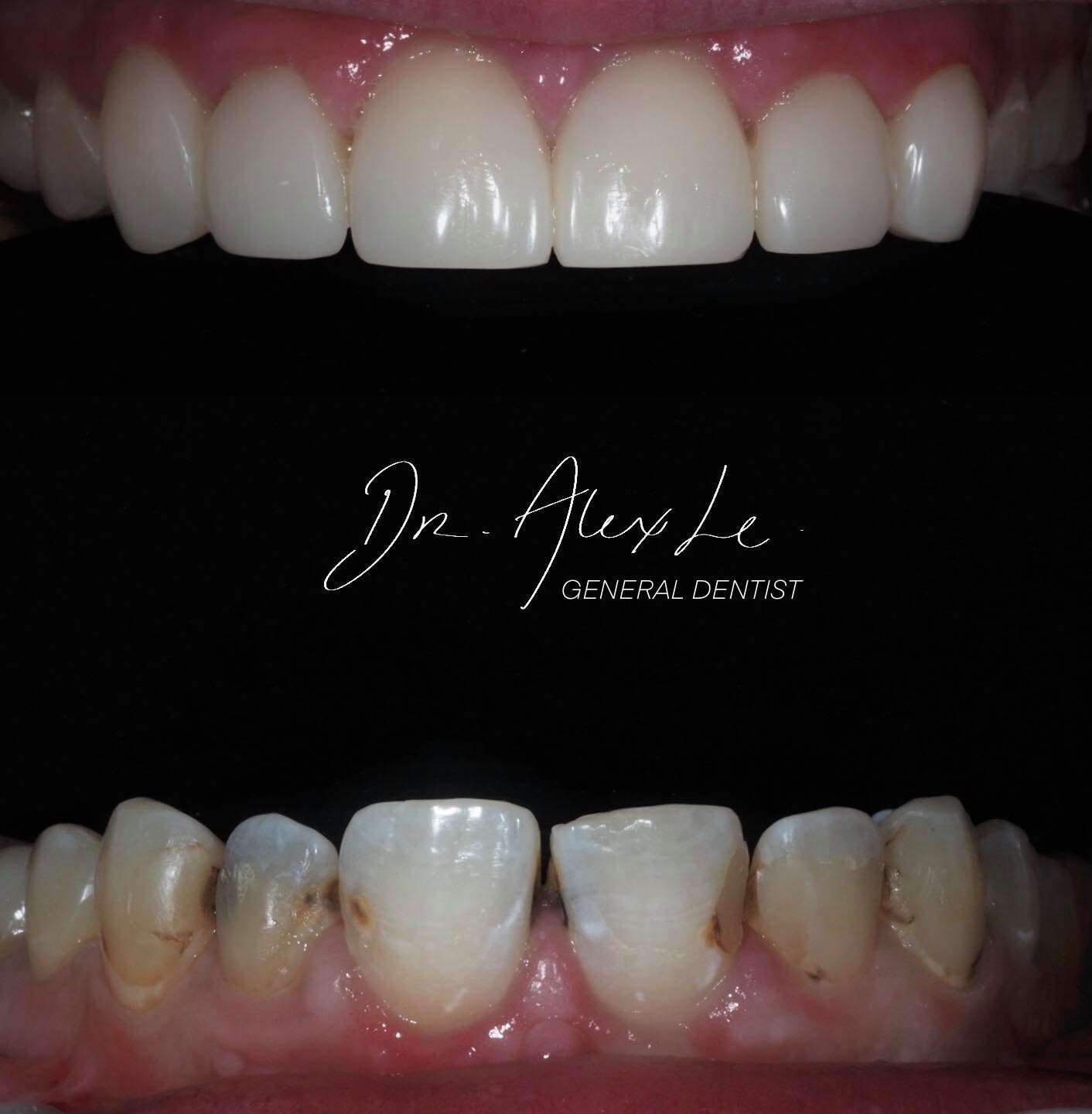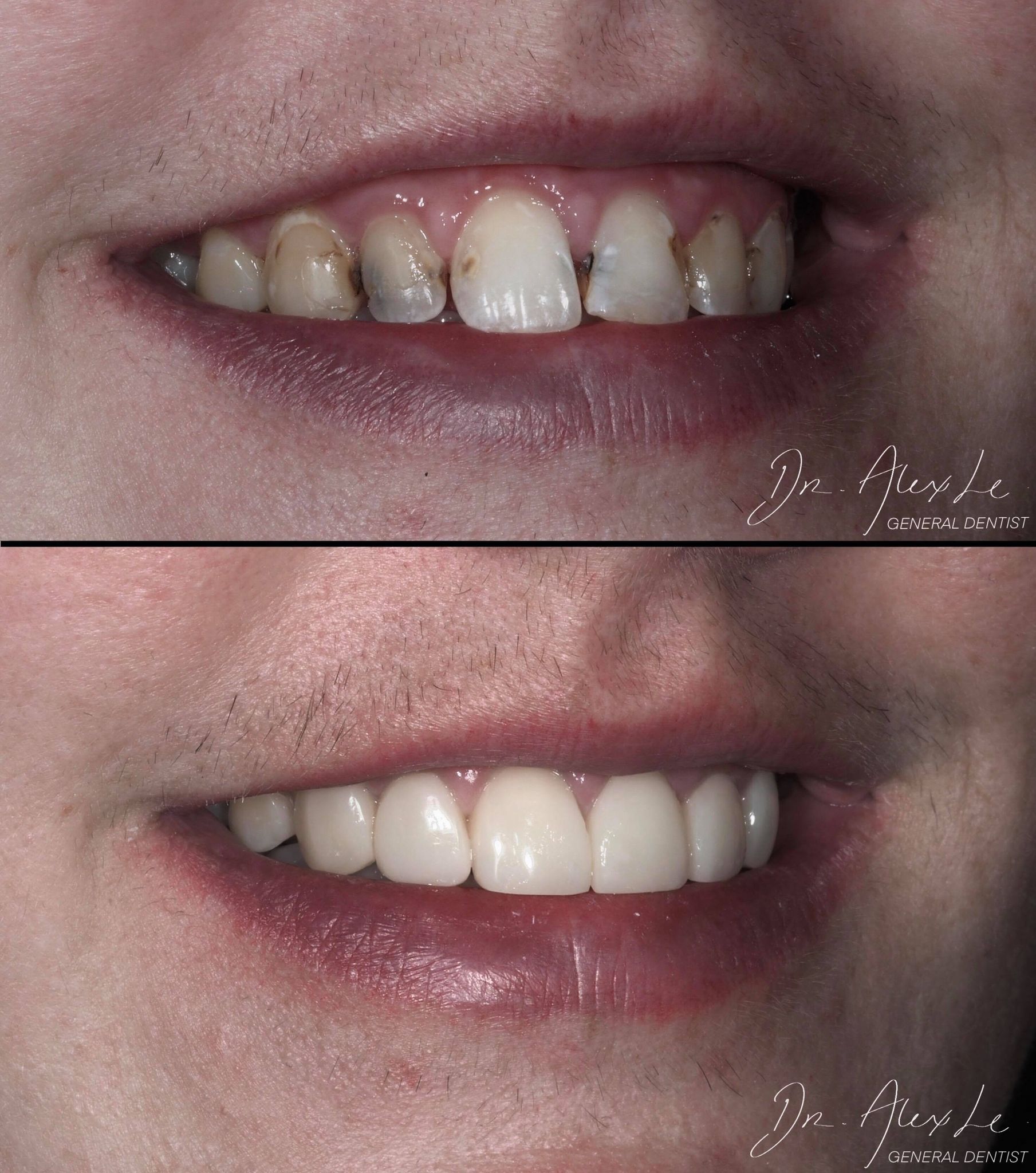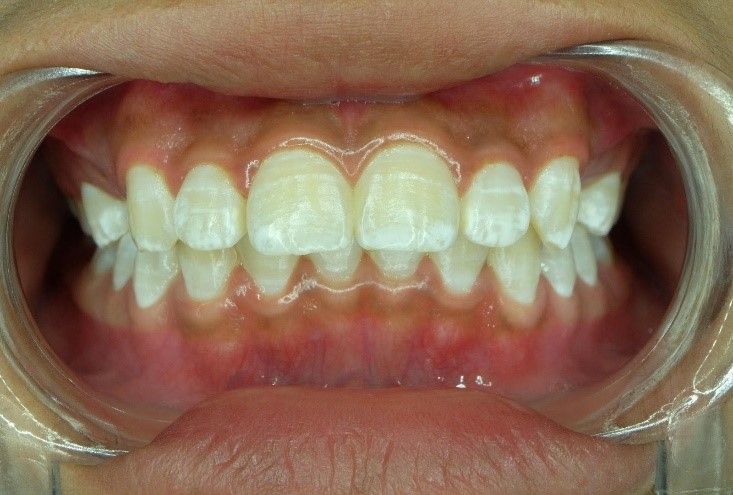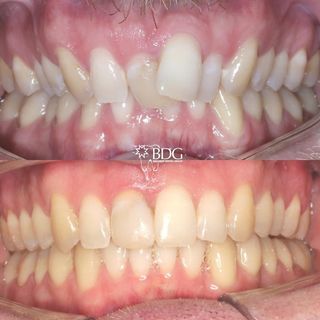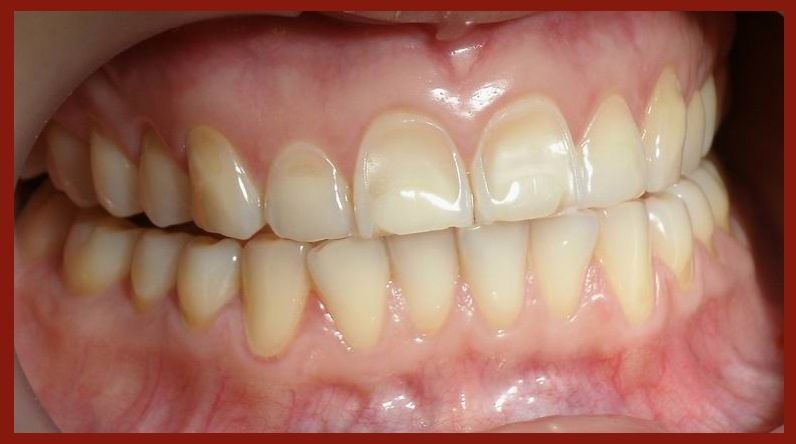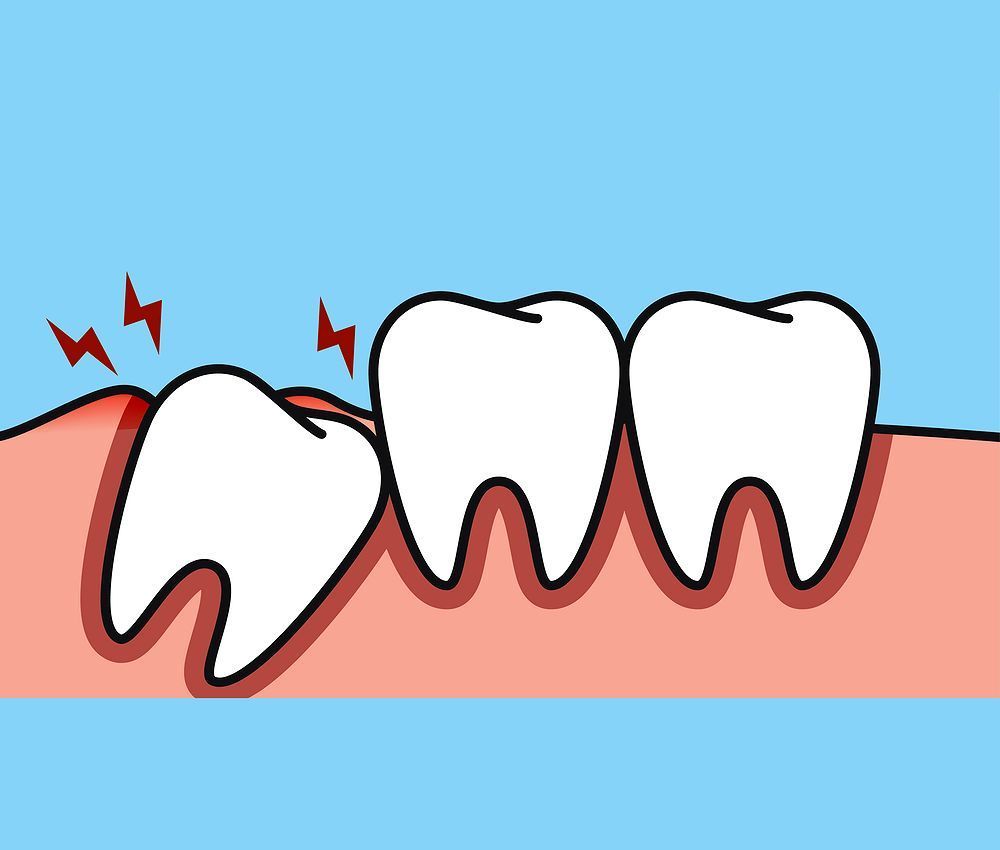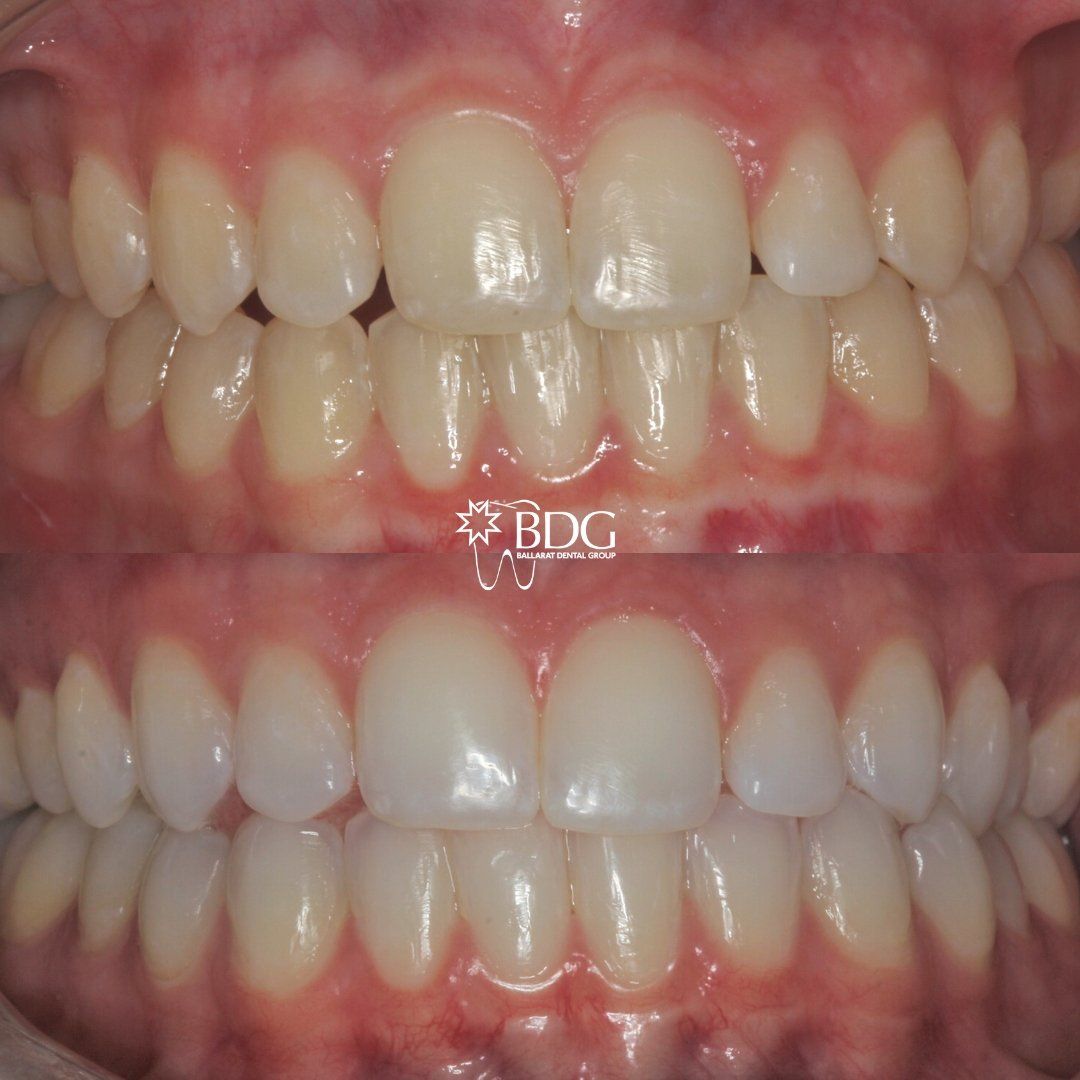What Are Veneers?
Dr. Alex Le
Whilst the world is spending more time indoors, more and more people are exploring social media where the term “veneers” seems to be increasingly used, which forms the topic for this brief post.
To put it simply, a dental veneer is something added on to a tooth, often to disguise or camouflage one that may look less than ideal. When planned and performed across multiple front teeth, dental veneers have an ability to almost miraculously transform a smile, improving the shade, shape, and alignment of teeth.
There are two main types of veneers namely composite or porcelain/ceramic.
Porcelain veneers tend to look and feel exceptional. Being more scratch resistant than composite veneers, porcelain can last many years without dulling.
Composite veneers can also look great whilst being more affordable and tending to take less time. The drawback is that composite veneers are less durable in the long run, and may be quicker to lose their lustre if not cared for.
It is important to appreciate that every smile is different. Current health of the individual teeth, amount of quality tooth structure to work with, profile of the lips, evenness of the gums, degree of colour correction required, amount of tooth and gum visible in repose or when smiling, are some of the factors that your dentist will need to consider when planning your smile and to determine whether veneers are suitable.
Your dentist can discuss your individual smile concerns, so that a bespoke plan can be drafted that strikes the right balance between your needs, aspirations, budget, and what is possible.
Just like a new car, it is unrealistic to think that anything man made will last forever, and veneers are no exception. However, with proper care and maintenance, your dentist can guide you to keeping your veneers looking greater for longer.
Like all procedures, some treatment options may not be suitable for you individually. It is thus important for you to talk to your dentist so you can be thoroughly informed regarding the risks and benefits of all options.

